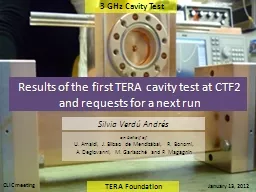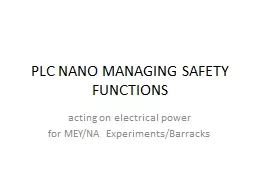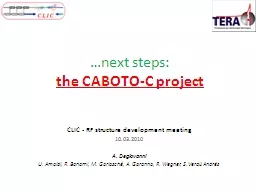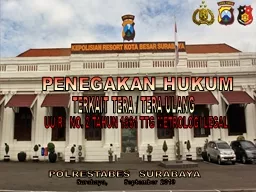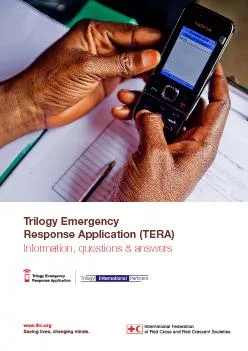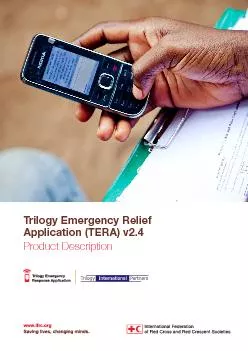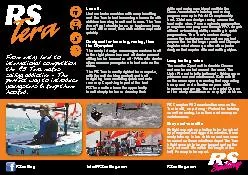PPT-TERA Foundation on behalf
Author : everfashion | Published Date : 2020-08-04
of U Amaldi J Bilbao de Mendizábal R Bonomi A Degiovanni M Garlasché and P Magagnin Silvia Verdú Andrés 3 GHz Cavity Test Results of the first TERA
Presentation Embed Code
Download Presentation
Download Presentation The PPT/PDF document "TERA Foundation on behalf" is the property of its rightful owner. Permission is granted to download and print the materials on this website for personal, non-commercial use only, and to display it on your personal computer provided you do not modify the materials and that you retain all copyright notices contained in the materials. By downloading content from our website, you accept the terms of this agreement.
TERA Foundation on behalf: Transcript
Download Rules Of Document
"TERA Foundation on behalf"The content belongs to its owner. You may download and print it for personal use, without modification, and keep all copyright notices. By downloading, you agree to these terms.
Related Documents

